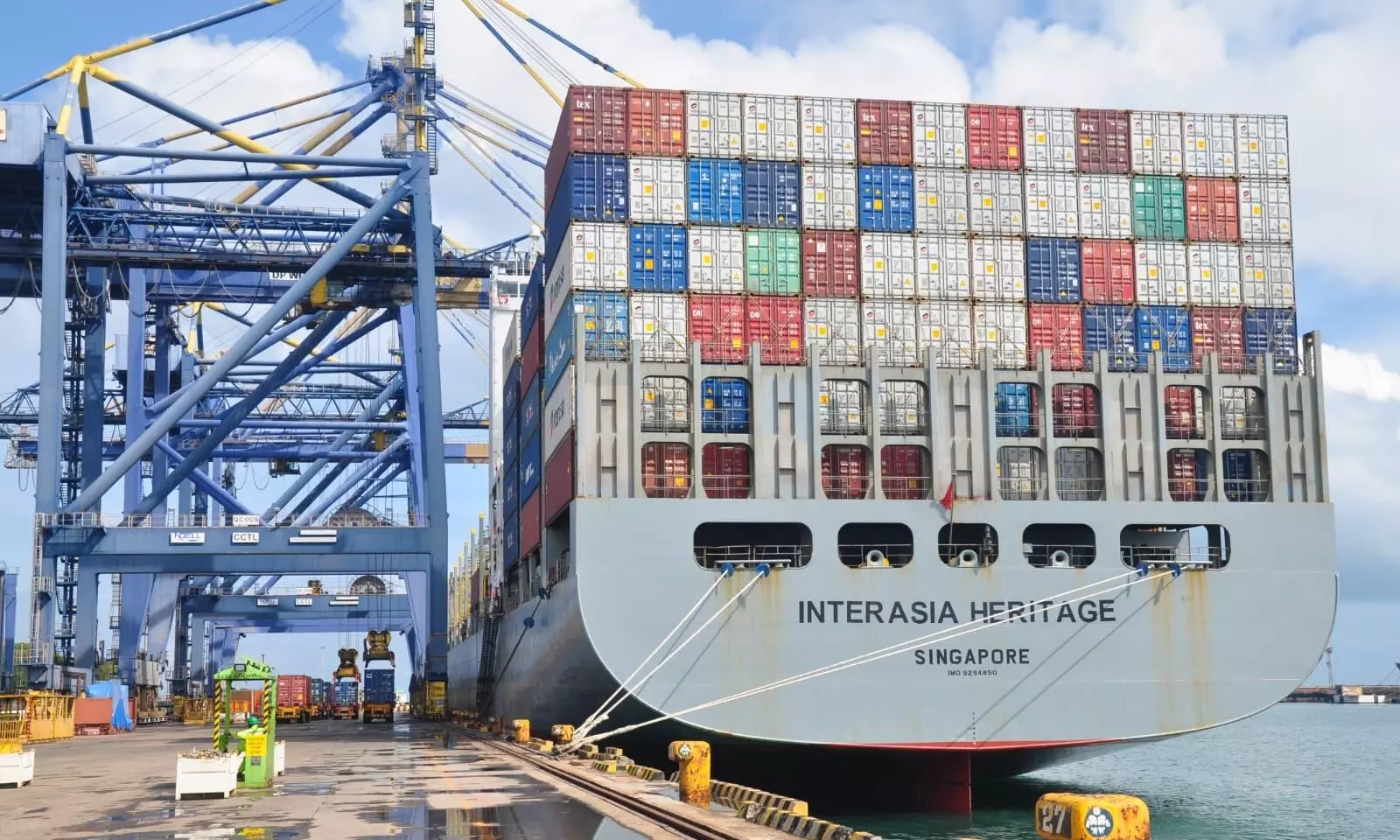Indian container markets see prices rally
February 2025 recorded a significant YoY price increase with Chennai leading the trend with a 48% rise.

Photo Credit: Chennai Port
India’s container market is experiencing tailwinds, with average prices for 40-foot high-cube cargo-worthy containers reflecting a promising trajectory across key ports, including Chennai, Mundra, and Nhava Sheva on a year-on-year (YoY) basis.
February 2025 recorded a significant YoY price increase, with Chennai leading the trend with a 48 percent rise, followed by Nhava Sheva at 34 percent and Mundra at 19 percent, according to the latest update from Container xChange.
"From December 2024 to January 2025, prices surged seven percent in Chennai and Mundra and 10% in Nhava Sheva, indicating strong market demand. A slight market correction followed, with prices remaining stable in Chennai while Mundra saw a 14 percent decrease and Nhava Sheva a decline of five percent."
Christian Roeloffs, Co-Founder and CEO, Container xChange says: "India is emerging as a prime contender to position itself as a leading logistics and transshipment hub at a time when global disruptions are forcing supply chains to change and reimagine. The country has an opportunity to solidify its position by focusing on infrastructure and establishing state-of-the-art transshipment ports. While progress has been significant, our customers consistently emphasise the need to tackle red tape and modernise manual business operations. Now is the time to unleash the power of technology to truly transform the industry."
Market correction likely globally
Following a period of inflated container prices, driven by supply chain disruptions and pulling forward of orders causing temporary demand, the market is now entering a phase of natural correction, the update added. "Traders are recalibrating their expectations, recognising that the container market has likely reached its peak and is stabilising at a more sustainable level. A key factor contributing to this shift is the anticipated inventory surplus in 2025 with supply set to outpace demand, further influencing market dynamics."
Roeloffs says: "The tariff war will force U.S. businesses to reconsider sourcing strategies, potentially leading to increased reliance on alternative suppliers in Asia and Europe in the near term. More sourcing locations mean longer supply chains, increased lead times and higher logistics costs, requiring businesses to rethink inventory management. Countries with free trade agreements with the U.S. could see higher transshipment volumes as companies route goods indirectly to avoid tariffs. With sourcing diversification, secondary ports and intermodal logistics (rail/trucking) could see increased demand.
"Reduced trade with certain regions may cause equipment imbalance (empty containers in one region, shortages in another). Shipping lines may reduce capacity or introduce surcharges to offset rising costs, further risking supply chain stability."
Container traders must brace for continued volatility in 2025, fueled by trade wars, shifting demand patterns and evolving supply chain strategies, the update added.



